- The 2022 Polestar 2 Long Range single-motor and dual-motor cars covered 289 and 288 miles, respectively, in Edmunds' real-world EV range test, besting their EPA-estimated range by 19 and 39 miles.
- Remarkably, there was no range penalty in the dual-motor variant even though it makes 408 horsepower to the single-motor's 231 hp.
- In our previous test, a 2021 Polestar 2 came up short of its EPA range estimate by 5 miles. For 2022, software improvements and the addition of an optional heat pump help the Polestar go farther.
TESTED: 2022 Polestar 2 Redeems Itself, Beats EPA-Estimated Range
Revised 2022 models succeed where last year's car failed, and the much faster dual-motor matches the single-motor's range
When we kicked off our EV range testing program, the dual-motor 2021 Polestar 2 hatchback was one of the first cars we tested. It was the first real rival to the Tesla Model 3 and a pretty well-rounded electric car in its own right. The main drawback we found was that it offered only 233 miles of range per the EPA — 17 fewer miles than the base Standard Range Model 3 at that time — and it failed to go even that far in our test, tapping out at 228 miles.
But the 2022 Polestar 2 receives some incremental software improvements as well as a more efficient (optional) heat pump to handle cabin temperature duties, resulting in range gains without any powertrain or battery-pack alterations. The dual-motor 2022 Polestar 2 is up to 249 miles of EPA-estimated range, while the new single-motor variant uses the same 78 kilowatt-hour battery pack to earn a 270-mile estimate from the EPA. Notably, the dual-motor car pumps out 408 horsepower to the single-motor's 231 hp for just $3,500 more.
We were eager to see how Polestar would fare in its second go at Edmunds' real-world EV loop. Would the 2022 models validate their EPA range estimates or follow in their predecessor's underwhelming footsteps? Let's find out.
Am I Ready for an EV?
- EV ownership works best if you can charge at home (240V outlet)
- Adding a home charging system is estimated to cost $1,616 in
- Edmunds is partnering with Treehouse, an independent provider of home EV installation services. Learn more about the installation services partnership
Testing two Polestar 2s in the real world
Edmunds tests every new electric vehicle on the same real-world driving loop to see just how far it can travel from a full charge down to zero miles remaining. If you scroll through our EV range leaderboard, you'll see that most EVs have matched or exceeded their EPA range estimates in our testing. Much of that has to do with our ability to test in near ideal conditions year-round.
The single-motor Polestar 2, officially known as the Long Range Single Motor, came with the standard 19-inch wheels wrapped in all season tires (Michelin Primacy P4 POL All-Season 245/45 R19 102V) inflated to the factory recommended 41 psi all around. Our test car was also equipped with the Plus pack, which meant it had the heat pump along with other goodies like heated rear seats, a heated steering wheel and a panoramic sunroof. It weighed in at 4,451 pounds on our scales.
The dual-motor Polestar 2 (Long Range Dual Motor) came with the same wheels and tires, but in addition to the Plus pack, it had the Pilot pack, which includes a blind-spot monitor, adaptive cruise control and a surround-view camera. These systems plus the extra motor powering the rear wheels pumped our test car up to 4,723 pounds, about 270 pounds more than the single-motor model.
We didn't have the luxury of testing both Polestars on the same day, but fortunately the two days had average ambient temperatures within a degree of each other. We use our NovaLynx WS-18 portable weather station to record ambient temperature within the car's immediate vicinity at five-minute intervals throughout the day. Here is what the temperature distribution looked like on each day the cars were tested.
Over the course of two full days of driving at an average temperature of 61 and 62 degrees, both Polestar 2s managed to travel nearly the exact same distance. The single-motor car went 289 miles, beating its EPA estimate by 19 miles or 7.0%, whereas the dual-motor car totally surprised with an extra 39 miles for a 288-mile total, beating the EPA number by 15.7%.
Yes, you read that right — the dual-motor car extracted no range penalty in our testing despite making a whopping 177 additional horsepower. Yeehaw!
So how much did those miles cost?
While the total range of a vehicle continues to dominate the EV conversation, energy consumption is an important factor as well. Energy consumption is what determines how much your miles will cost you. The unit of measurement for consumption, the kilowatt-hour, can be thought of as the EV equivalent of a gallon of gasoline. Just like gas, the price of electricity varies depending on where you live. For example, you'll pay about 10 cents per kWh in North Dakota as of this writing, whereas in Hawaii it'll run you about 38 cents.
So, what can Polestar owners expect to pay at "the pump"? After charging their battery packs back to full, we calculated an Edmunds consumption rate of 30.1 kWh/100 miles for the single-motor Polestar and, oddly, a slightly more efficient 29.3 kWh/100 miles for the dual-motor Polestar. Compared to their EPA consumption estimates, the single-motor was 2.9% more efficient than its EPA number of 31 kWh/100 miles, while the dual-motor was a whopping 22.9% more efficient than its estimate of 38 kWh/100 miles.
Comparing both cars in the states where electricity is currently the most and least expensive on average, this is how much we would've paid for a 280-mile trip.
Cost to go 280 miles in Hawaii
Single-motor Polestar 2: $32.02
Dual-motor Polestar 2: $31.18
Cost to go 280 miles in North Dakota
Single-motor Polestar 2: $8.43
Dual-motor Polestar: $8.20
With the consumption figures being so close to each other, it seems that on any given day in the same state, one Polestar could be marginally more expensive to charge than the other. The difference between charging in different states is much more interesting.
What if we compare the Polestars to their most efficient competition, the Tesla Model 3 and Model 3 Performance?
Cost to go 280 miles in Hawaii
Tesla Model 3 RWD: $26.60
Tesla Model 3 Performance AWD: $31.92
Cost to go 280 miles in North Dakota
Tesla Model 3 RWD: $7.00
Tesla Model 3 Performance AWD: $8.40
The base Model 3 is efficient enough to make a small difference in the most expensive state, but really only if you're doing quite a bit of driving. If we assume 10,000 miles of driving a year, which is unlikely on an island, that amounts to just a couple hundred dollars a year compared to the other three options here.
How about a gasoline-powered equivalent? Although the Polestar 2 is a hatchback, it shares a lot of its architecture with the compact Volvo XC40 SUV. In fact, the all-electric XC40 Recharge has the same motors and battery as the dual-motor Polestar 2. The non-electric XC40 comes with a turbocharged 2.0-liter engine with two levels of power output depending on your chosen trim. For our purposes here, we'll compare the higher T5 trim since it's closer in price to our Polestars. In T5 trim the XC40 puts out 248 horsepower and 258 lb-ft of torque, which falls between the single-motor Polestar (231 hp, 243 lb-ft) and the dual-motor model (408 hp, 487 lb-ft). Premium fuel is recommended, and the XC40 T5 is estimated to return a reasonable 25 mpg in combined driving. Driving it for 280 miles would have set us back $65.18 in Hawaii ($5.82 per gallon) and $52.19 in North Dakota ($4.66 per gallon) at current prices, assuming we got the combined mpg.
Based on these numbers, you could save an estimated $1,200 per year in Hawaii and $1,570 per year in North Dakota by driving a Polestar 2 for 10,000 miles instead of an XC40 T5. From a price perspective, the Volvo undercuts the entry-level Polestar by a few thousand dollars, even at its highest Inscription trim (before tacking on additional options). But if you are able to take full advantage of the $7,500 federal EV tax credit, the Polestars start to look pretty attractive. Seriously, who wouldn't like driving around a relatively nondescript 400-plus-horsepower hatchback? Sounds good to us.
For more information on how we test EV range and how each vehicle performed, we invite you to visit our Real World vs. EPA testing page, which includes both our EV range leaderboard and a table with detailed test results. Our EV range leaderboard is embeddable and will automatically update every time we add a new vehicle.
Edmunds says
The 2022 Polestar 2 proved it can live up to its EPA estimates across the lineup, but we're especially surprised by the result we saw with the dual-motor car. Considering the minimal price premium for the extra motor, it seems like a no-brainer upgrade. For our latest comprehensive ratings of all electric vehicles, head over to Edmunds' EV rankings page.
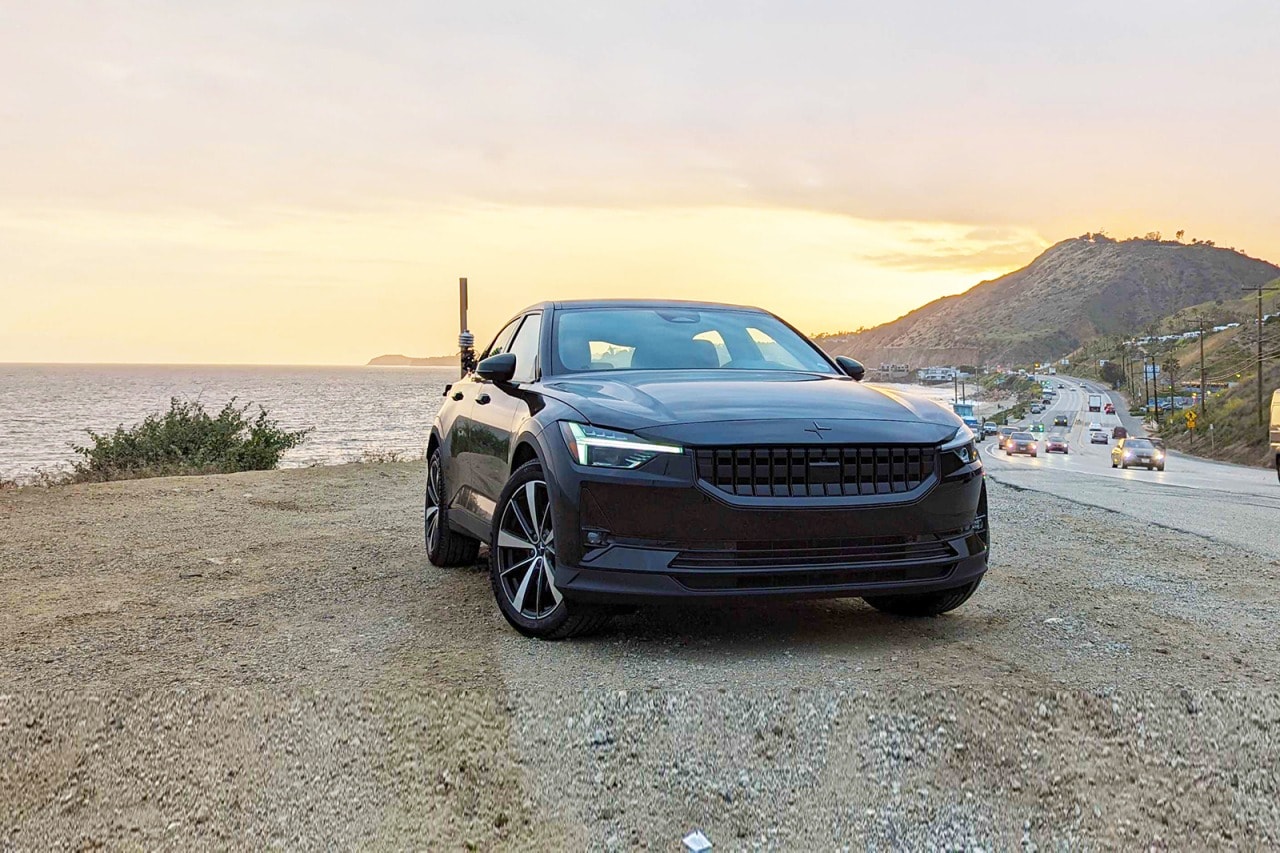
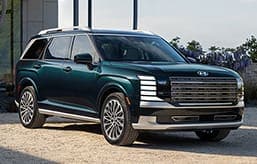
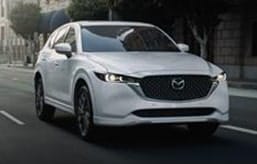
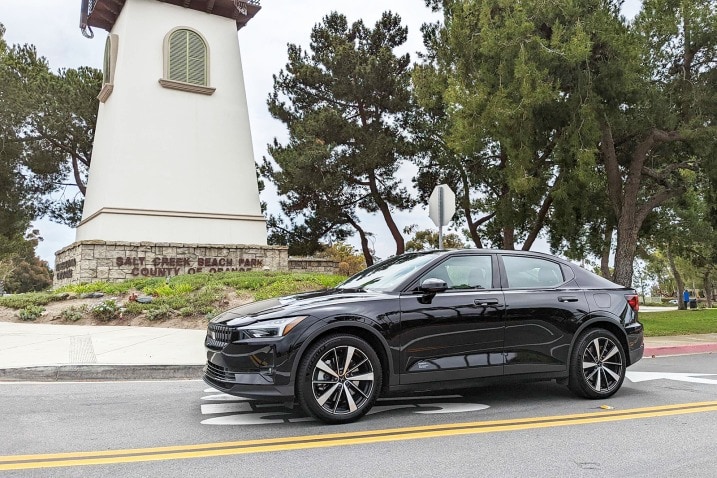
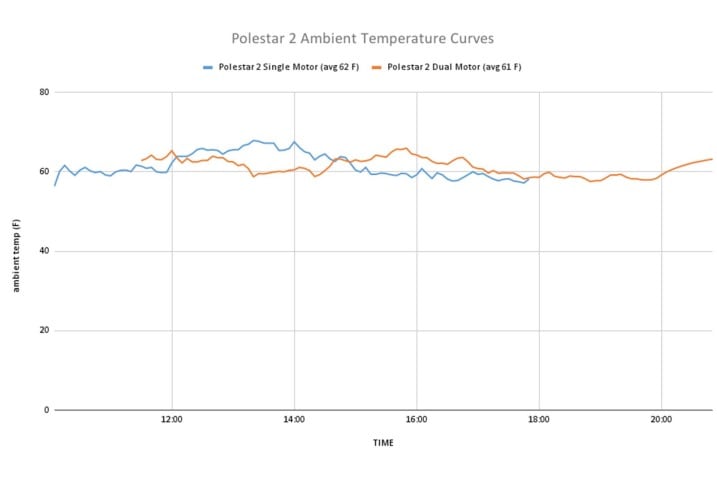
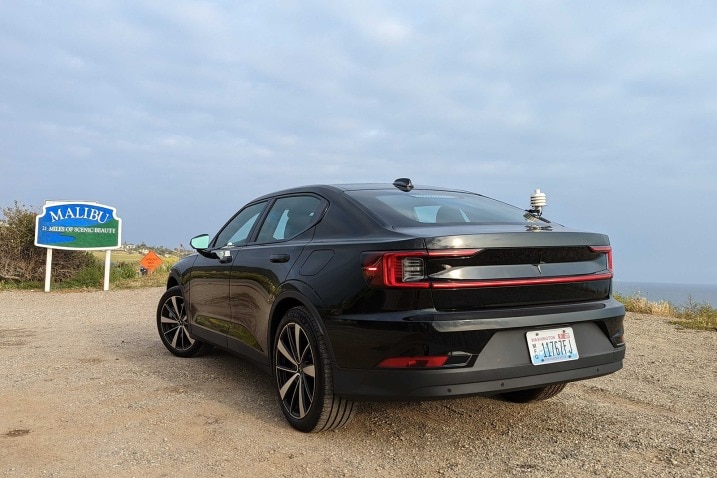
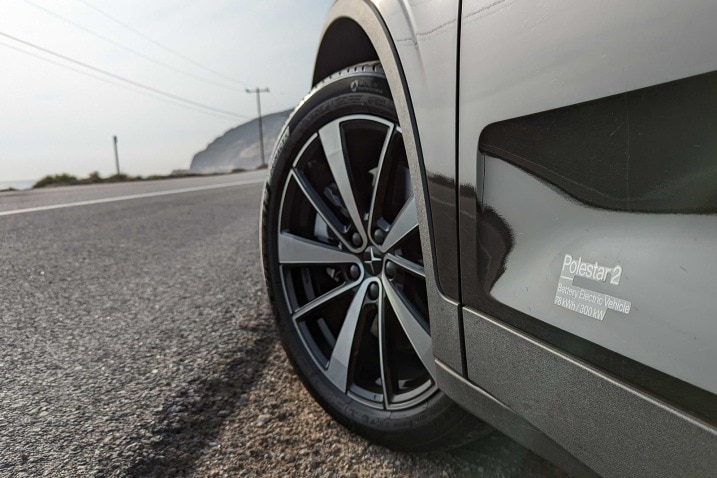
 by
by